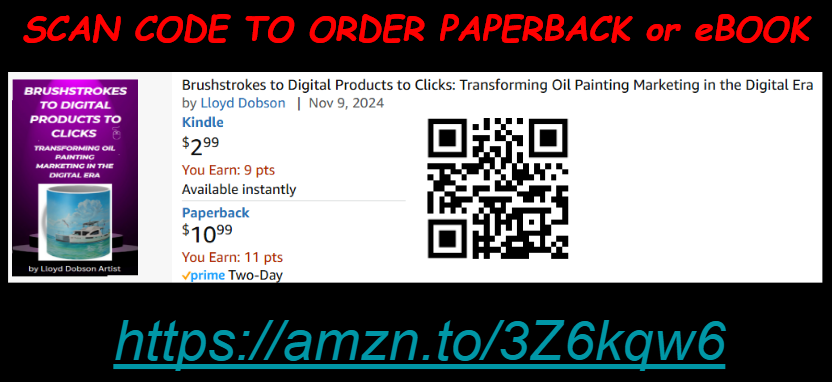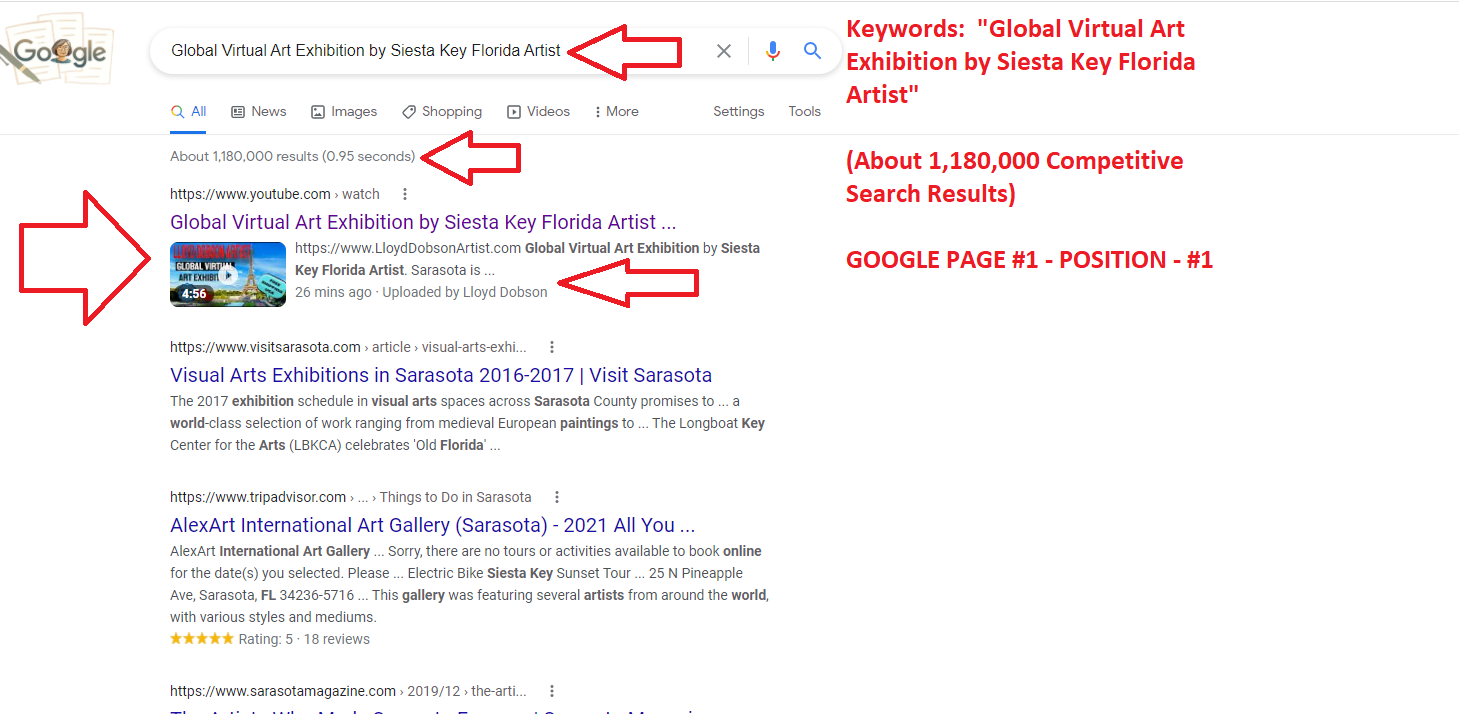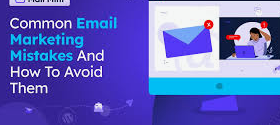Category: Marketing
Brushstrokes to Digital Products to Clicks: Transforming Oil Painting Marketing in the Digital Era
Brushstrokes to Digital Products to Clicks: Transforming Oil Painting Marketing in the Digital Era
I recently read “Brushstrokes to Digital Products to Clicks: Transforming Oil Painting Marketing in the Digital Era” and I was thoroughly impressed by its insights into the world of art and marketing.
This book dives into the transformation of traditional oil painting marketing in the digital age. With the rise of technology and social media, artists and art galleries are now able to reach a wider audience and showcase their work in a whole new light. Through this book, the author sheds light on the various strategies and techniques that can be utilized to effectively market oil paintings in this digital landscape.
One of the things I appreciated most about this book was the way it seamlessly blends together the worlds of art and marketing. The author’s passion for both subjects shines through and it made for a compelling and informative read. The book also offers practical tips and advice that can be implemented by artists and galleries looking to make their mark in the digital space.
What I found particularly interesting was the chapter on the use of social media and online platforms for marketing oil paintings. As someone who is familiar with traditional methods of marketing, I was fascinated by the potential of these new avenues and how they can be leveraged to attract a larger audience. The book also delves into the importance of creating a strong online presence and the impact it can have on the success of an artist or gallery.
Overall, I highly recommend “Brushstrokes to Digital Products to Clicks” to anyone interested in the art world, particularly those looking to market oil paintings in the digital era. The author’s writing style is engaging and informative, making it an enjoyable and educational read. I believe this book is a valuable resource for artists, galleries, and anyone looking to expand their knowledge and understanding of the evolving landscape of art marketing.
How To Get Page #1 In Search Engines: Drive Traffic To Your Business Or Website
How To Get Page #1 In Search Engines: Drive Traffic To Your Business Or Website
I recently purchased the e-book “How To Get Page #1 In Search Engines” and I have to say, it has drastically improved my online presence. As a business owner, I was struggling to drive traffic to my website and increase my visibility on search engines. This book has provided me with the necessary tools and strategies to do just that.
One of the things I appreciate most about this book is its user-friendly language. The author breaks down complicated SEO concepts into simple and easy-to-understand terms. This made it easy for me to follow along and implement the techniques outlined in the book.
What sets this e-book apart from others is its practical approach. Instead of just generic tips and advice, the author provides actionable steps that can be applied to any business or website. I have already started seeing an increase in my website’s ranking and traffic after implementing these strategies.
Furthermore, the book also covers other important aspects such as social media, backlinking, and content marketing. It gives a comprehensive overview of all the necessary elements for achieving page one ranking on search engines.
I would highly recommend this book to any business owner or website owner who is struggling with their online visibility. It is a valuable resource that has helped me improve my online presence and drive more traffic to my business. Don’t hesitate to invest in this book, it is worth every penny. Thank you, author, for sharing your expertise and helping businesses like mine succeed online.
The Secret Weapon of Successful Marketers – Autoresponders
The Secret Weapon of Successful Marketers – Autoresponders.
Are you ready to take your marketing campaigns to the next level? If so, then autoresponders are the secret weapon that you’ve been looking for. Autoresponders allow marketers to streamline their campaigns and cut down on the amount of work they do while still achieving incredible results.
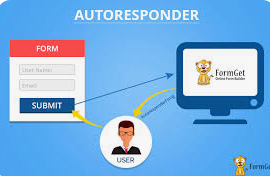 In this blog post, we’ll explore everything you need to know about autoresponders, including what they are, how they work, and why they’re such a valuable tool for marketers.
In this blog post, we’ll explore everything you need to know about autoresponders, including what they are, how they work, and why they’re such a valuable tool for marketers.
* What Are Autoresponders and How Do They Work?
Autoresponders are automated email messages that are sent in response to specific actions taken by subscribers or customers. For example, if someone signs up for your email list, an autoresponder can be triggered to send them a welcome message with information about your business or products. These messages can be customized to include any content that you want, including images, links, and even videos.
The beauty of autoresponders is that once they’re set up, they run automatically without any further effort required from you. This means that you can create a series of emails that will be delivered over time, providing value to your subscribers and keeping your brand top-of-mind.
GET YOUR FREE AUTORESPONDER HERE NOW
* The Benefits of Using Autoresponders for Marketers
There are many benefits to using autoresponders as part of your marketing strategy. Here are just a few:
1. Increased engagement: By sending targeted messages to your subscribers, you can increase their engagement with your brand and keep them interested in what you have to offer.
2. Improved customer relationships: Autoresponders allow you to build stronger relationships with your customers by providing them with personalized content that meets their needs.
3. Reduced workload: Because autoresponders run automatically, they reduce the amount of manual labor required to manage your marketing campaigns.
4. Higher conversions: By delivering relevant content at strategic times, autoresponders can help boost conversion rates and drive more sales.
* Examples of Successful Autoresponder Campaigns
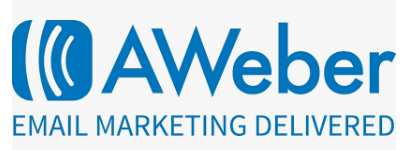 One great example of an effective autoresponder campaign is the “welcome” series. When someone new joins your email list, you can send them a series of emails welcoming them to your community, introducing yourself and your team, and sharing some of your most popular content.
One great example of an effective autoresponder campaign is the “welcome” series. When someone new joins your email list, you can send them a series of emails welcoming them to your community, introducing yourself and your team, and sharing some of your most popular content.
Another successful approach is the “abandoned cart” sequence, which sends reminders and special offers to customers who leave items in their shopping carts without completing the purchase.
* Setting Up Your Own Autoresponder System
To get started with autoresponders, you’ll need to choose an email service provider (ESP) that supports this feature. Some popular options include Mailchimp, Constant Contact, and AWeber.
Once you’ve selected your ESP, you can use their drag-and-drop interface to design your autoresponder sequences and set up triggers based on user behavior.
* Common Mistakes to Avoid When Using Autoresponders
While autoresponders are a powerful tool for marketers, there are also some common mistakes that can undermine their effectiveness. Here are three things to avoid when setting up your own autoresponder system:
1. Sending too much email: Don’t flood your subscribers’ inboxes with too many messages. Stick to a regular schedule and make sure each email provides real value.
2. Failing to segment your audience: Different segments of your audience may have different interests and needs. Use data to segment your list and tailor your messaging accordingly.
3. Neglecting personalization: To truly connect with your subscribers, you need to personalize your messages. Use dynamic content blocks and merge tags to insert subscriber names, locations, and other details into your emails.


